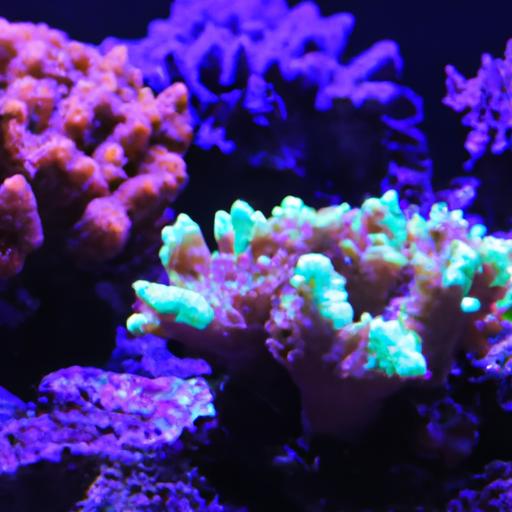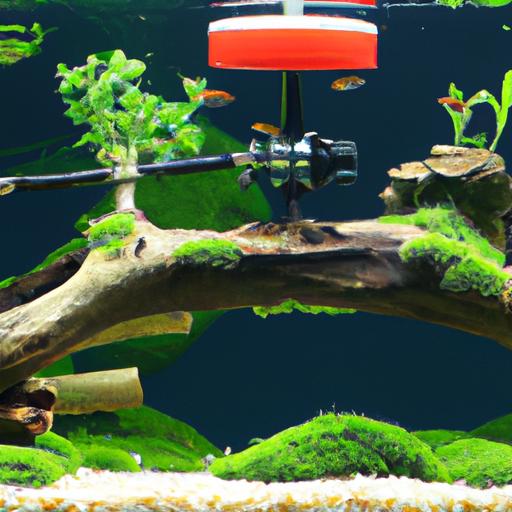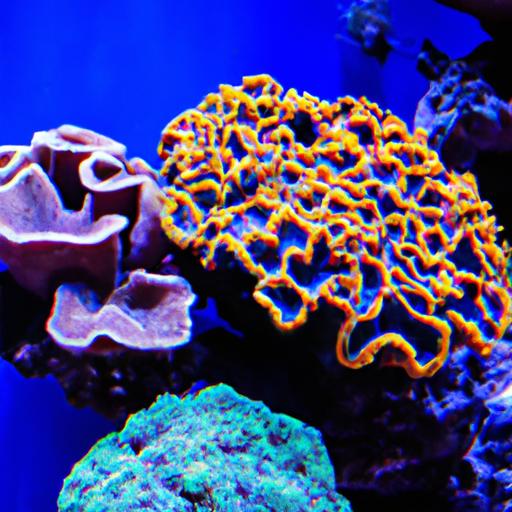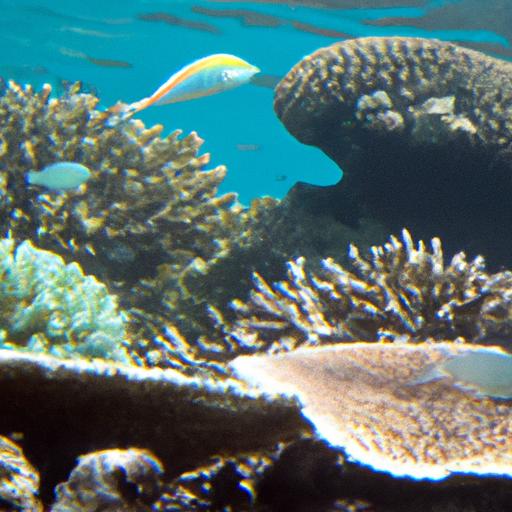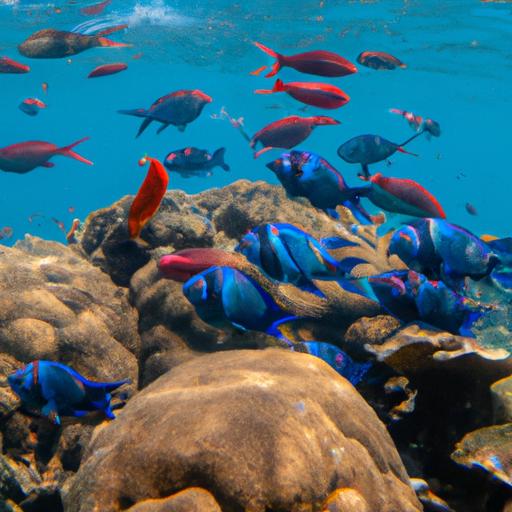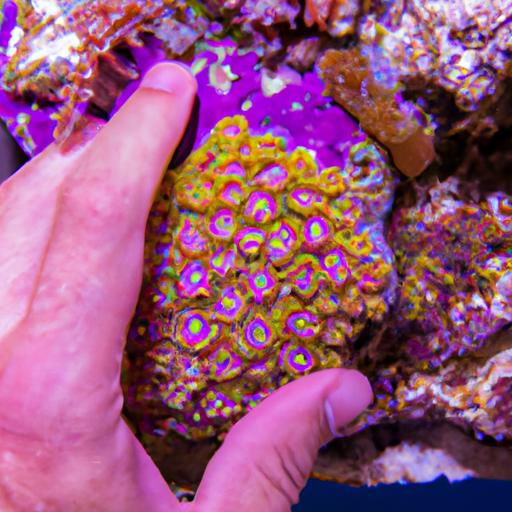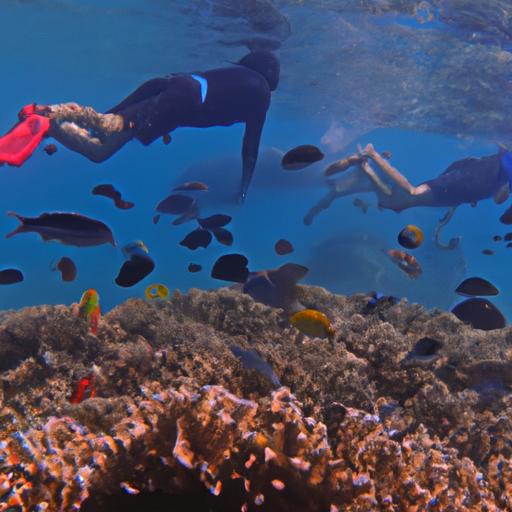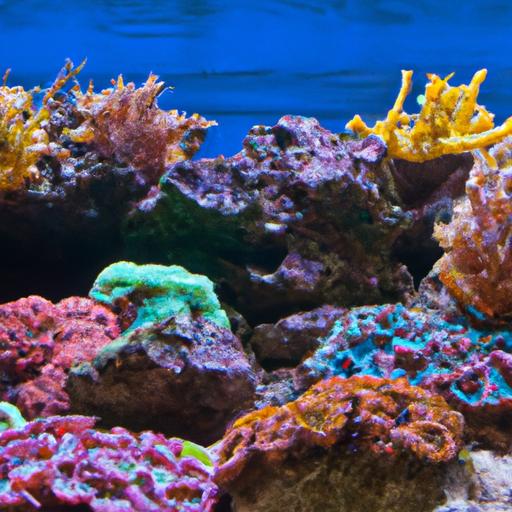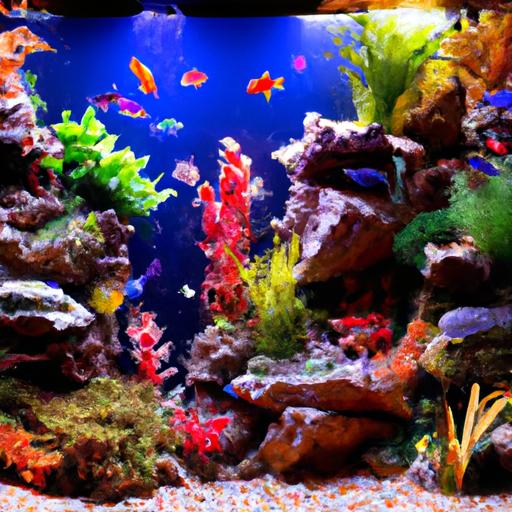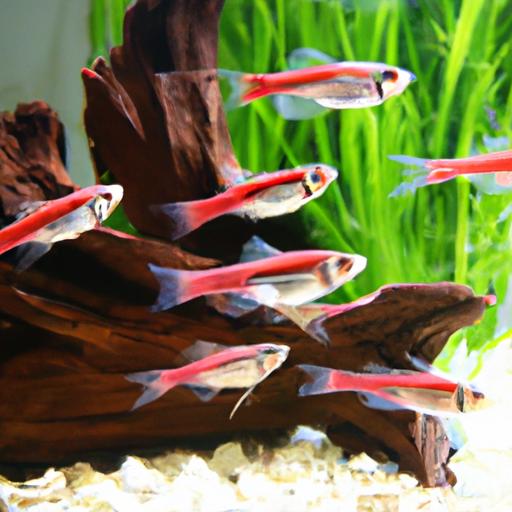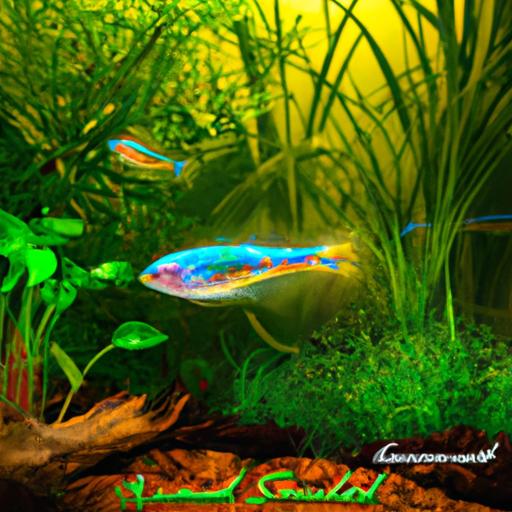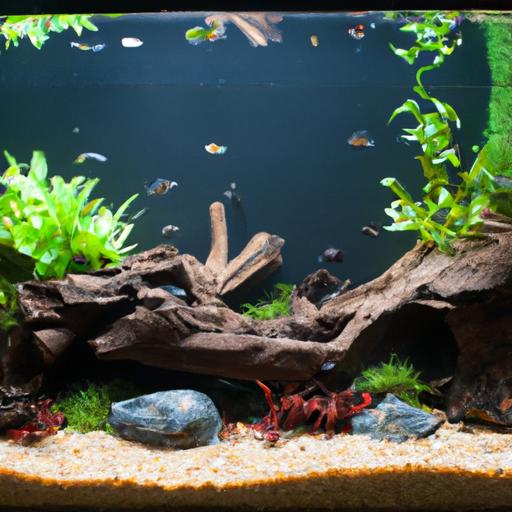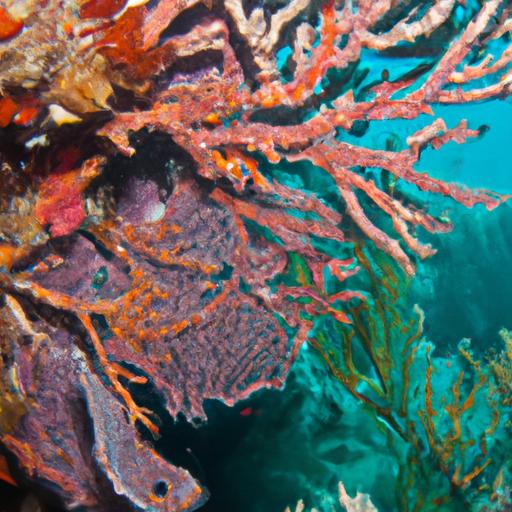
Coral Endemism: Exploring Unique Coral Species in Specific Regions
Discover the fascinating world of Coral Endemism: Exploring Unique Coral Species in Specific Regions. Uncover the secrets of these mesmerizing underwater wonders.
Introduction
Welcome to our exploration of coral endemism, where we delve into the fascinating world of unique coral species found in specific regions. Coral reefs are not only stunning underwater ecosystems but also crucial habitats for countless marine organisms. In this article, we will uncover the importance of studying coral endemism, the factors contributing to the development of unique coral species, and the techniques employed in coral exploration. Join us on this journey as we unravel the mysteries of these mesmerizing underwater wonders.
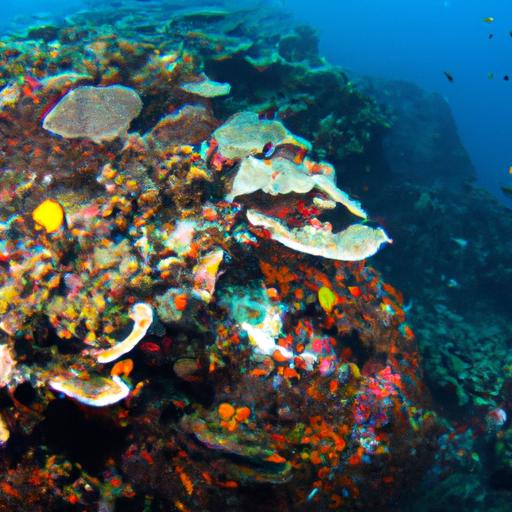
Understanding Coral Endemism
Coral endemism refers to the phenomenon of certain coral species being exclusively found in specific regions. These regions boast environmental conditions and ecological niches that have allowed for the evolution of distinct coral species. Endemic corals often exhibit remarkable adaptations to their unique habitats, making them valuable subjects for scientific study and conservation efforts.
Several factors influence the development of unique coral species. Firstly, geographical isolation plays a significant role. When coral populations become isolated due to geographic barriers such as ocean currents or landmasses, they have the opportunity to evolve independently, giving rise to distinct species. Additionally, environmental conditions such as temperature, light availability, and water quality also shape the characteristics of coral species in a particular region.
Some notable regions known for their high coral endemism include the Coral Triangle in Southeast Asia, the Great Barrier Reef in Australia, and the Caribbean Sea. These areas are renowned for their breathtaking biodiversity and serve as hotspots for coral research and conservation.
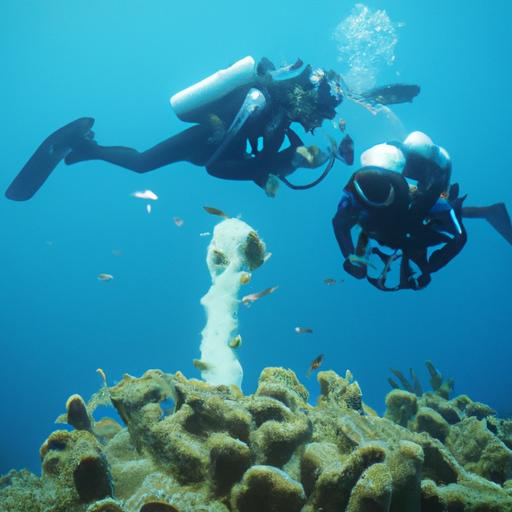
Exploring Unique Coral Species in Specific Regions
Exploring unique coral species requires a multidisciplinary approach that combines scientific expertise, advanced technology, and careful fieldwork. Scientists employ various techniques and methods to study coral species and document their characteristics.
One commonly used method is scuba diving, which allows researchers to observe corals in their natural habitat. By conducting underwater surveys, scientists can identify and document unique coral species, noting their physical attributes, reproductive strategies, and ecological interactions. Additionally, DNA analysis and genetic sequencing techniques are employed to gain further insights into the evolutionary relationships and genetic diversity of coral species.
Case studies provide compelling examples of successful coral exploration in specific regions. For instance, researchers in the Coral Triangle have discovered numerous endemic coral species with vibrant colors, intricate patterns, and unique morphological features. These findings not only contribute to our understanding of coral evolution but also highlight the ecological value of preserving these fragile ecosystems.
FAQ (Frequently Asked Questions)
Q: What is the importance of studying coral endemism?
Studying coral endemism allows us to uncover the intricate relationships between corals and their environments. It provides valuable insights into coral evolution, adaptation, and ecosystem dynamics. Additionally, understanding coral endemism aids in identifying regions of high conservation priority, guiding efforts to protect these unique species and their habitats.
Q: How do scientists identify and classify unique coral species?
Scientists utilize a combination of visual observations, genetic analysis, and taxonomic expertise to identify and classify unique coral species. By examining physical characteristics, reproductive strategies, and genetic markers, researchers can differentiate between closely related species and determine their uniqueness.
Q: Which regions are known for having high coral endemism?
The Coral Triangle, encompassing Indonesia, the Philippines, Malaysia, Papua New Guinea, and the Solomon Islands, is widely recognized as the epicenter of marine biodiversity and coral endemism. The Great Barrier Reef in Australia is another region renowned for its unique coral species. Additionally, the Caribbean Sea harbors a significant number of endemic corals.
Q: What are the main threats to coral endemism and conservation efforts?
Coral endemism faces numerous threats, including climate change, ocean acidification, pollution, overfishing, and destructive fishing practices. These factors contribute to coral bleaching, habitat degradation, and the loss of biodiversity. Conservation efforts, including the establishment of marine protected areas, sustainable fishing practices, and reducing carbon emissions, are crucial in safeguarding coral endemism and the overall health of coral reef ecosystems.
Conclusion
In conclusion, exploring unique coral species in specific regions is a captivating endeavor that enhances our understanding of the intricate world beneath the waves. Coral endemism unveils the remarkable adaptations and evolutionary processes that have shaped these vibrant ecosystems. By studying and conserving these unique coral species, we can contribute to the preservation of our planet’s biodiversity and ensure the longevity of these fragile underwater habitats. Let us come together to protect and appreciate the awe-inspiring beauty of coral reefs and the invaluable life they support.
Remember, the preservation of coral endemism relies on our collective efforts to mitigate the threats they face. By taking action today, we can secure a future where these magnificent underwater wonders continue to thrive and inspire generations to come.

